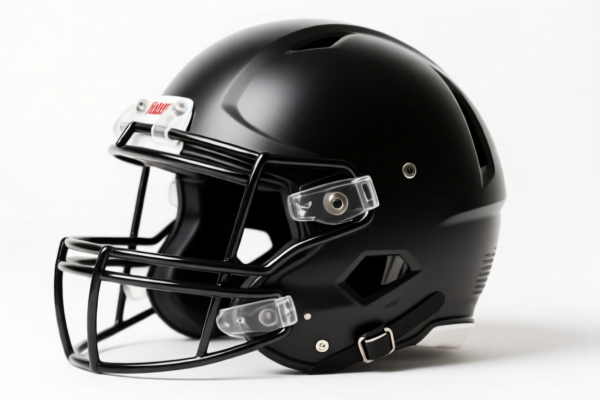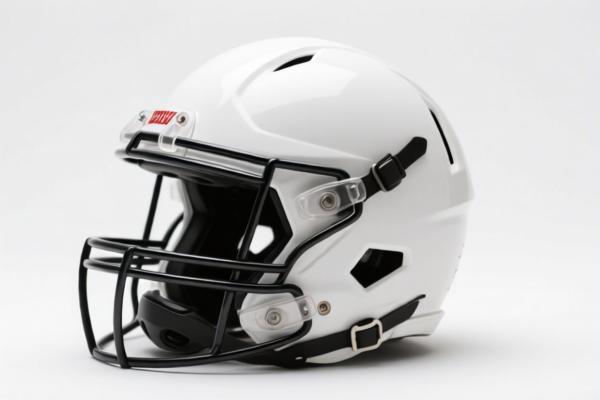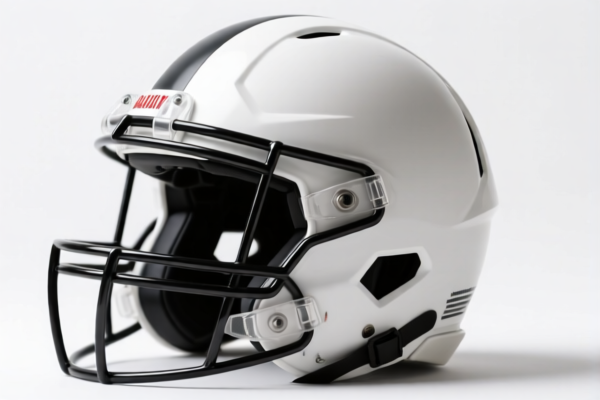| HS Code | Official Doc | Tariff Rate | Origin | Destination | Effective Date |
|---|---|---|---|---|---|
| 6506103030 | Doc | 37.5% | CN | US | 2025-05-12 |
| 6506103075 | Doc | 37.5% | CN | US | 2025-05-12 |
| 6505008015 | Doc | 18.7¢/kg + 6.8%+55.0% | CN | US | 2025-05-12 |
| 6505008050 | Doc | 18.7¢/kg + 6.8%+55.0% | CN | US | 2025-05-12 |
| 8468805000 | Doc | 55.0% | CN | US | 2025-05-12 |
| 8468801000 | Doc | 57.9% | CN | US | 2025-05-12 |
| 8515902000 | Doc | 81.6% | CN | US | 2025-05-12 |
| 8515904000 | Doc | 55.0% | CN | US | 2025-05-12 |
| 8310000000 | Doc | 55.0% | CN | US | 2025-05-12 |
| 8304000000 | Doc | 33.9% | CN | US | 2025-05-12 |
| 9403999020 | Doc | 80.0% | CN | US | 2025-05-12 |
| 3926904000 | Doc | 32.8% | CN | US | 2025-05-12 |
| 3926909989 | Doc | 42.8% | CN | US | 2025-05-12 |
| 3916905000 | Doc | 60.8% | CN | US | 2025-05-12 |
| 3916903000 | Doc | 61.5% | CN | US | 2025-05-12 |




Welding Helmet
A welding helmet is a type of personal protective equipment (PPE) worn during welding to protect the eyes and face from potential hazards including intense light, heat, sparks, and debris.
Material
Welding helmets are constructed from a variety of materials, prioritizing heat resistance, impact protection, and electrical insulation. Common materials include:
- Thermoplastics: Such as polycarbonate, ABS, and nylon, offering impact resistance and lightweight properties.
- Fiberglass: Provides excellent heat and electrical resistance.
- Polypropylene: Used for outer shells, known for its durability and chemical resistance.
- Leather: Often used for neck flaps and other components requiring flexibility and heat protection.
- Metal Mesh: Used in some older models or as reinforcement for viewing windows.
Purpose & Function
The primary functions of a welding helmet are:
- Eye Protection: Shielding the eyes from ultraviolet (UV) and infrared (IR) radiation emitted during welding, which can cause arc eye (photokeratitis) and cataracts.
- Face Protection: Protecting the face and neck from burns caused by sparks, spatter, and radiant heat.
- Respiratory Protection: Some helmets incorporate forced-air respirators to filter fumes and provide breathable air.
- Impact Protection: Protecting against flying debris and potential mechanical impacts.
Usage Scenarios
Welding helmets are essential in any welding application, including:
- Arc Welding (SMAW, GMAW, GTAW): The most common application, requiring helmets with appropriate shade levels.
- Flux-Cored Arc Welding (FCAW): Similar to arc welding, demanding high levels of protection.
- Plasma Cutting & Welding: Requires helmets with specific UV and IR filters.
- Grinding & Cutting: Helmets with clear lenses are used for protection from debris.
- Construction & Fabrication: Any environment where welding or related processes occur.
Common Types
- Passive Welding Helmets: Traditional helmets with a fixed shade lens. Require lifting the helmet to view the workpiece, interrupting the welding process.
- Auto-Darkening Helmets (ADF Helmets): Utilize electronic sensors to automatically darken the lens upon detecting an arc. Offer variable shade control and improved efficiency. These helmets typically include:
- LCD Display: Displays the shade level and other settings.
- Adjustable Sensitivity: Controls the speed and responsiveness of the auto-darkening function.
- Adjustable Delay: Controls how long the lens remains dark after the arc stops.
- Fiberglass Helmets: Offer superior heat and electrical resistance, commonly used in heavy-duty applications.
- Lightweight Helmets: Designed for comfort and extended use, often made from thermoplastic materials.
- Respiratory Helmets: Incorporate powered air purifying respirators (PAPRs) for enhanced respiratory protection.
Welding helmets are headgear designed to protect the wearer's eyes and face during welding operations. They typically incorporate features for impact resistance, heat shielding, and protection from sparks and debris.
Here are relevant HS codes based on the provided reference material:
- 6506103030: This HS code falls under Chapter 65 (Headgear, whether or not lined or trimmed). Specifically, it covers Safety headgear made of reinforced or laminated plastics, and is categorized as Motorcycle helmets. While primarily for motorcycles, this code could apply if the welding helmet shares similar construction and safety standards. The applicable tax rate is a base tariff of 0.0%, an additional tariff of 7.5%, and a tariff of 30.0% after April 2, 2025, resulting in a total tariff of 37.5%.
- 6506103075: Also under Chapter 65 (Headgear, whether or not lined or trimmed), this code covers Safety headgear made of reinforced or laminated plastics, categorized as Other. This is a broader category than motorcycle helmets and may be more appropriate if the welding helmet doesn't meet motorcycle helmet standards. The applicable tax rate is a base tariff of 0.0%, an additional tariff of 7.5%, and a tariff of 30.0% after April 2, 2025, resulting in a total tariff of 37.5%.
- 8468805000: This HS code falls under Chapter 84 (Machinery and apparatus for soldering, brazing or welding). It covers Other machinery and apparatus related to welding. If the welding helmet incorporates electronic features or is part of a larger welding system, this code may be applicable. The applicable tax rate is a base tariff of 0.0% and an additional tariff of 25.0%, resulting in a total tariff of 55.0%.
- 8468801000: Also under Chapter 84, this code covers Other machinery and apparatus related to welding, specifically Hand-directed or -controlled machinery. If the welding helmet is a handheld or manually operated welding device, this code may be applicable. The applicable tax rate is a base tariff of 2.9%, an additional tariff of 25.0%, resulting in a total tariff of 57.9%.
Important Note: Determining the correct HS code depends on the specific features and construction of the welding helmet. If the helmet incorporates electronic components or is part of a larger welding system, codes under Chapter 84 may be more appropriate. If it is primarily a protective headgear made of reinforced plastics, codes under Chapter 65 are more likely to apply.
Customer Reviews
No reviews yet.